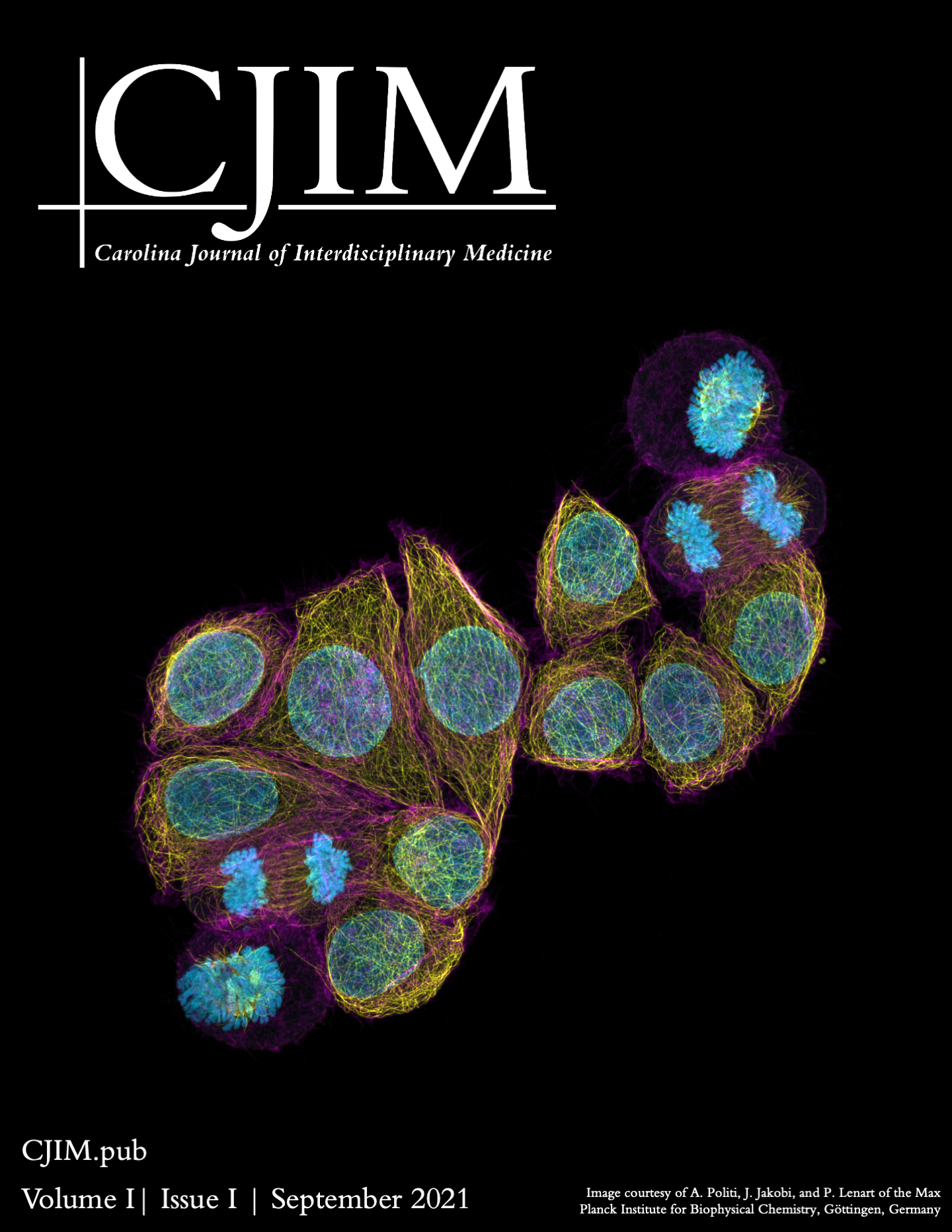Assessment of Contemporary Virtual Reality Programs and 3D Atlases in Neuroanatomical and Neurosurgical Education
DOI:
https://doi.org/10.47265/cjim.v1i1.572Keywords:
virtual reality, neurosurgery, medical education, neuroanatomy, surgeryAbstract
Statement of Significance
The utilization of innovative technologies in medical education has received increasing attention in both undergraduate and graduate medical curricula. Understanding spatial, physiological, and pathological aspects of neuroanatomy are important for medical students and residents, alike. As virtual reality applications and platforms become more accessible to educators, learners, and the general public, such technology now represents a feasible modality of neuroanatomical education. This qualitative observational study compares and evaluates five programs based on the accessibility, breadth of content, and utility for various learner populations.
Objective: Virtual reality (VR) is a growing technology of interest in medical education, particularly as the millennial generation has become the primary learners. We sought to compare the five available and affordable neuroanatomical programs with objective comparisons of the neuroanatomy, format, and target audience.
Methods: The following programs were included: Sharecare VR, Organon VR, The Neurosurgical Atlas 3D Operative Neuroanatomy, BioDigital 3D Human Anatomy, 3D Brain. These programs were selected based on their price ($0-30) and platform (HTC Vive, Oculus Rift, iOS, Google Chrome). The following neuroanatomical categories were assessed: CNS, Cranial Nerves, PNS Skull, and Spine. Neuroanatomical level of detail was scored from 0 (absence of structure) to 3 (operative anatomy). Points were provided if programs included explanations of neuroanatomical relevance, models of pathology & physiology, references, and quiz features. These scores were tallied and compared.
Results: The Neurosurgical Atlas and BioDigital scored highest (22 points each), followed by Organon VR (11), 3D Brain (9), and Sharecare VR (6). The Neurosurgical Atlas had the most detail with a score of 3 in each neuroanatomical category. BioDigital included more, but simpler, models. 3D Brain included simple CNS models, but useful explanations and references. Disappointingly, the VR-exclusive programs had entertainment-only models (Score = 1).
Conclusions: The Neurosurgical Atlas is the most relevant and detailed model of neuroanatomy and is most appropriate for resident- or attending-level anatomic review. The remaining programs lacked detailed neuroanatomy limiting their potential for a neurosurgical audience.
References
Mallin M, Schlein S, Doctor S, Stroud S, Dawson M, Fix M. A Survey of the Current Utilization of Asynchronous Education Among Emergency Medicine Residents in the United States. Acad Med. 2014;89(4):598-601. doi:10.1097/ACM.0000000000000170
Agarwal N, White MD, Pannullo SC, Chambless LB. Analysis of national trends in neurosurgical resident attrition. J Neurosurg. 2018;1(aop):1-6. doi:10.3171/2018.5.JNS18519
Desy JR, Reed DA, Wolanskyj AP. Milestones and Millennials: A Perfect Pairing—Competency-Based Medical Education and the Learning Preferences of Generation Y. Mayo Clin Proc. 2017;92(2):243-250. doi:10.1016/j.mayocp.2016.10.026
Luc JGY, Antonoff MB. Active Learning in Medical Education: Application to the Training of Surgeons. J Med Educ Curric Dev. 2016;3. doi:10.4137/JMECD.S18929
Michael J. Where’s the evidence that active learning works? Adv Physiol Educ. 2006;30(4):159-167. doi:10.1152/advan.00053.2006
Bernardo A. Virtual Reality and Simulation in Neurosurgical Training. World Neurosurg. 2017;106:1015-1029. doi:10.1016/j.wneu.2017.06.140
Ruisoto P, Juanes JA, Contador I, Mayoral P, Prats‐Galino A. Experimental evidence for improved neuroimaging interpretation using three-dimensional graphic models. Anat Sci Educ. 2012;5(3):132-137. doi:10.1002/ase.1275
Tsang A, Harris DM. Faculty and second-year medical student perceptions of active learning in an integrated curriculum. Adv Physiol Educ. 2016;40(4):446-453. doi:10.1152/advan.00079.2016
Additional Files
Published
How to Cite
Issue
Section
Categories
License
Copyright (c) 2021 Nicolas Alcalá, MD, Martin Piazza, MD, Gene Hobbs, Carolyn Quinsey, MD

This work is licensed under a Creative Commons Attribution-NonCommercial-ShareAlike 4.0 International License.


